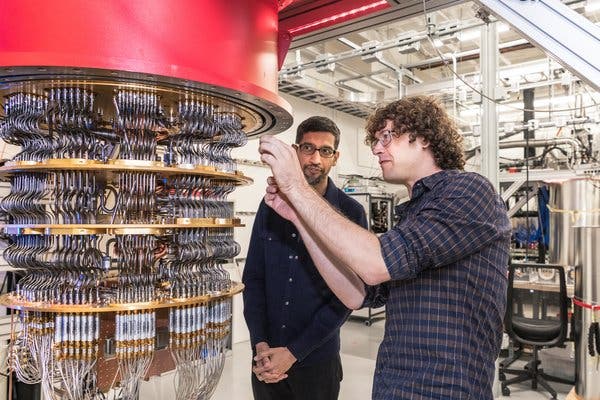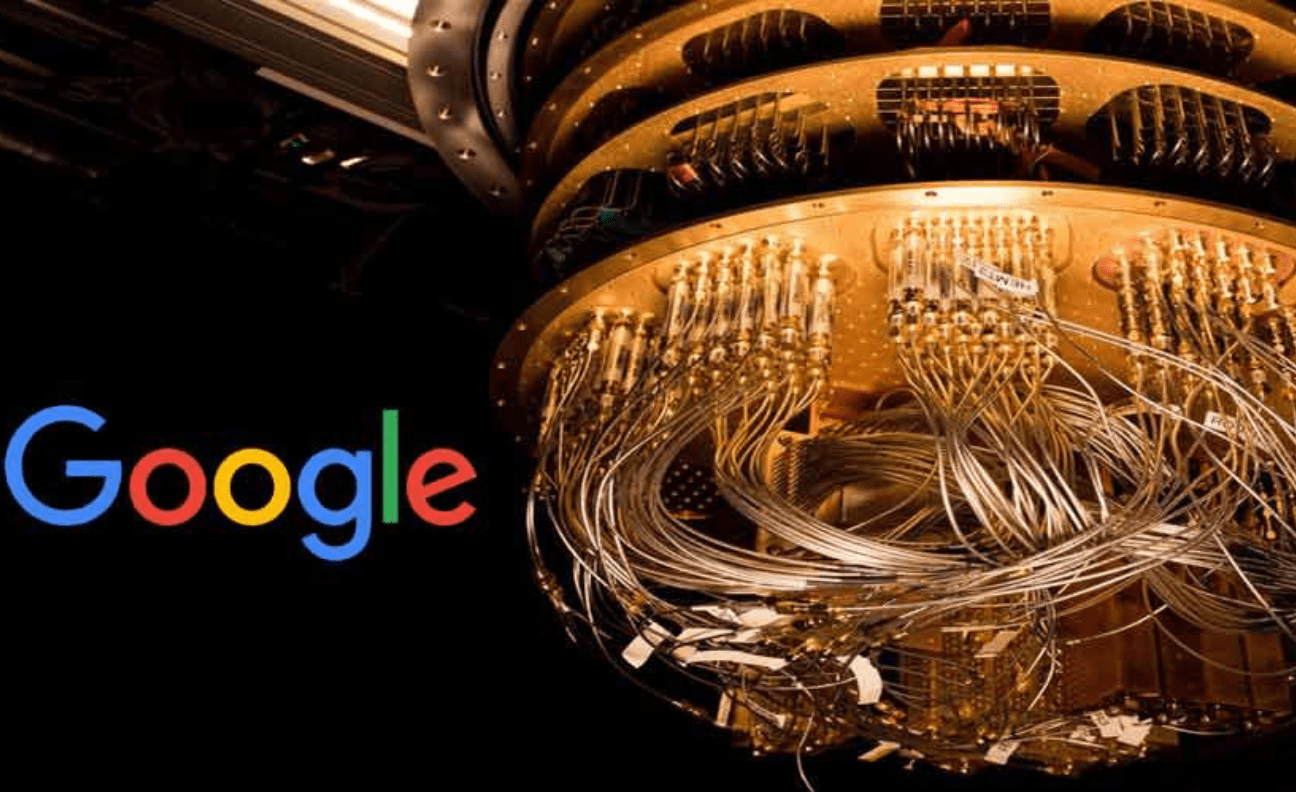Google‘s ground-breaking advances in quantum computing have revolutionised the technology industry and will shape our future. The tech giant made a groundbreaking announcement, affirming that they have conquered one of the industry’s most complex challenges – quantum computing errors.
Despite not yet being ready for everyday applications, quantum computing has the potential to revolutionise technology and computing as we know it — presenting a world of possibilities that were previously unimaginable. Let’s delve deeper into this thrilling development.
Quantum Computing: What Is It?
For years, scientists have been intrigued by the possibilities of quantum computing. But what is it exactly? To put it simply, quantum computers are exponentially more powerful than regular computers; they can process huge amounts of data in an incredibly short amount of time.
Quantum computers harness a revolutionary form of data processing through the utilisation of qubits (Quantum Bits) for unparalleled insights and computing power. While traditional bits used by regular computers are only capable of a binary state, 0 or 1, qubits can exist in multiple states simultaneously – both 0 and 1 at the same time.
This drastically increases their ability to process data compared to traditional computers. This could revolutionise the way we use technology and open up new possibilities by allowing us to solve complex problems not achievable with traditional systems.
2️⃣0️⃣ years of ⚛️ Quantum Computing Growth! @IBM @Google @intel and more. #quantum #computing #technology #Future #blockchain #ai pic.twitter.com/jxgX6ruCu6
— 🟩 Dr Martin Hiesboeck (@MHiesboeck) March 1, 2023
What Are The Challenges of Error Correction?

While quantum computers may offer a variety of potential applications, some obstacles must be addressed before they can become prevalent tools for daily use. One of the most significant problems with quantum computers is error-correction – because qubits are incredibly sensitive, errors can occur that result in erroneous computations being produced before calculations have finished.
If left unchecked, these errors will quickly accumulate and ultimately make any outcomes produced by a quantum computer untrustworthy and unusable. Until recently, these errors seemed to be without a solution, but Google has now achieved an incredible victory by resolving this issue with their newest innovation.
How Did Google Achieve This Breakthrough?
Google has achieved a significant breakthrough by distributing information across multiple qubits instead of relying solely on one. This technique not only helps lower the amount of glitches caused by computers, but also makes it simpler for scientists to fix them when they do happen.
Google may not have the final answer yet, but with its breakthrough, it has certainly gained a competitive advantage against other companies such as IBM that are also researching this topic.
Developing useful large-scale quantum computers will require qubits with much lower error rates. Our latest results, published in @Nature, demonstrate a prototype of a logical qubit, a milestone on the path toward scalable fault-tolerant quantum computing: https://t.co/GslnUzWti8 pic.twitter.com/yPe2tM3Dc0
— Google AI (@GoogleAI) February 22, 2023
Conclusion
Google’s breakthrough in quantum computing error-correction is truly exhilarating and could soon open the door to more useful implementations of this innovative technology. Despite how other businesses might fight for supremacy, Google has already outshone them in the quantum computing sector.
We can be sure that they will remain at the vanguard of research and exploration of this technology’s potential uses moving forward. Fingers crossed, this amazing technology will soon be put to real-world use!









